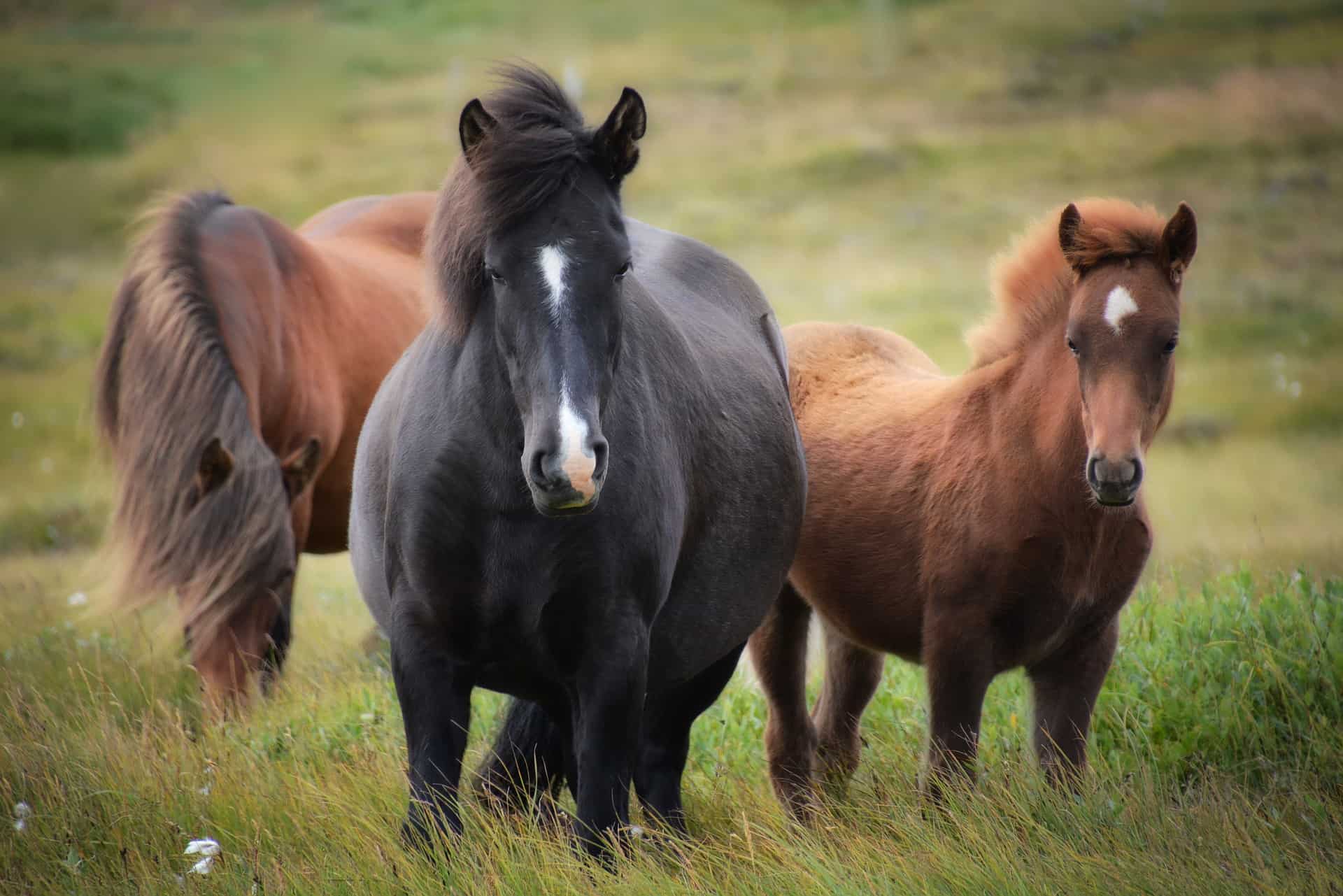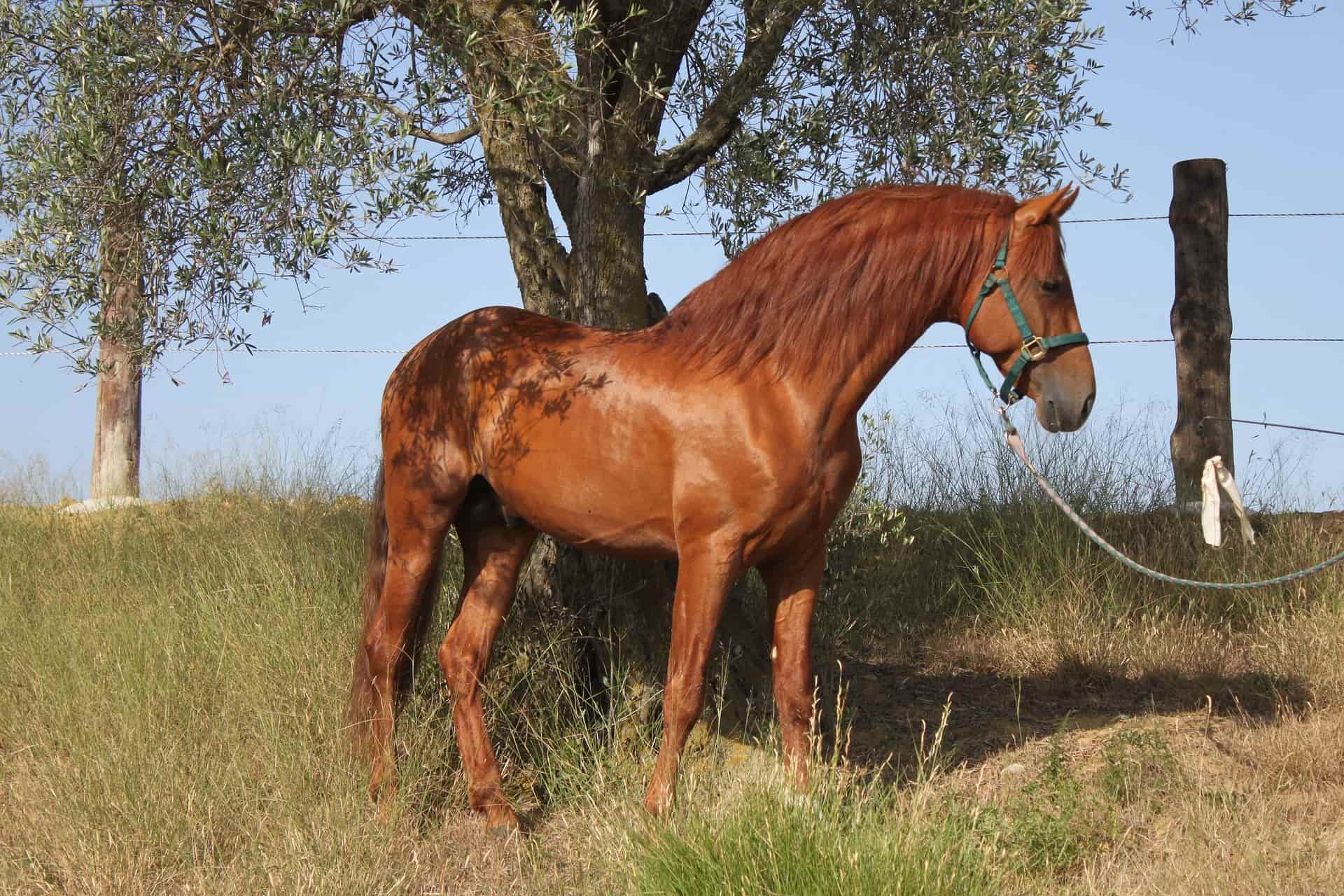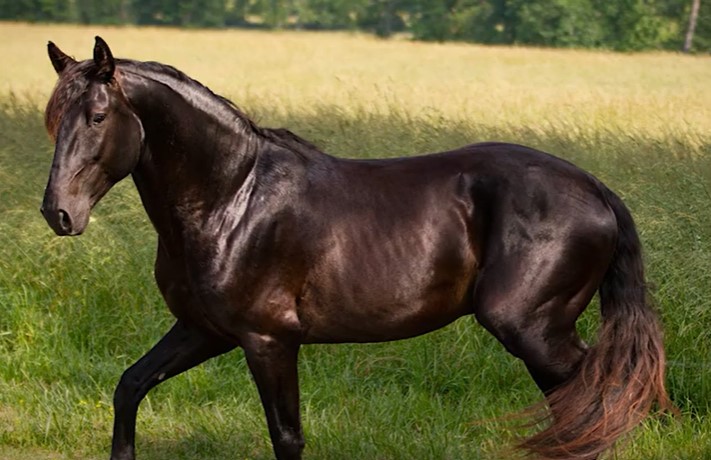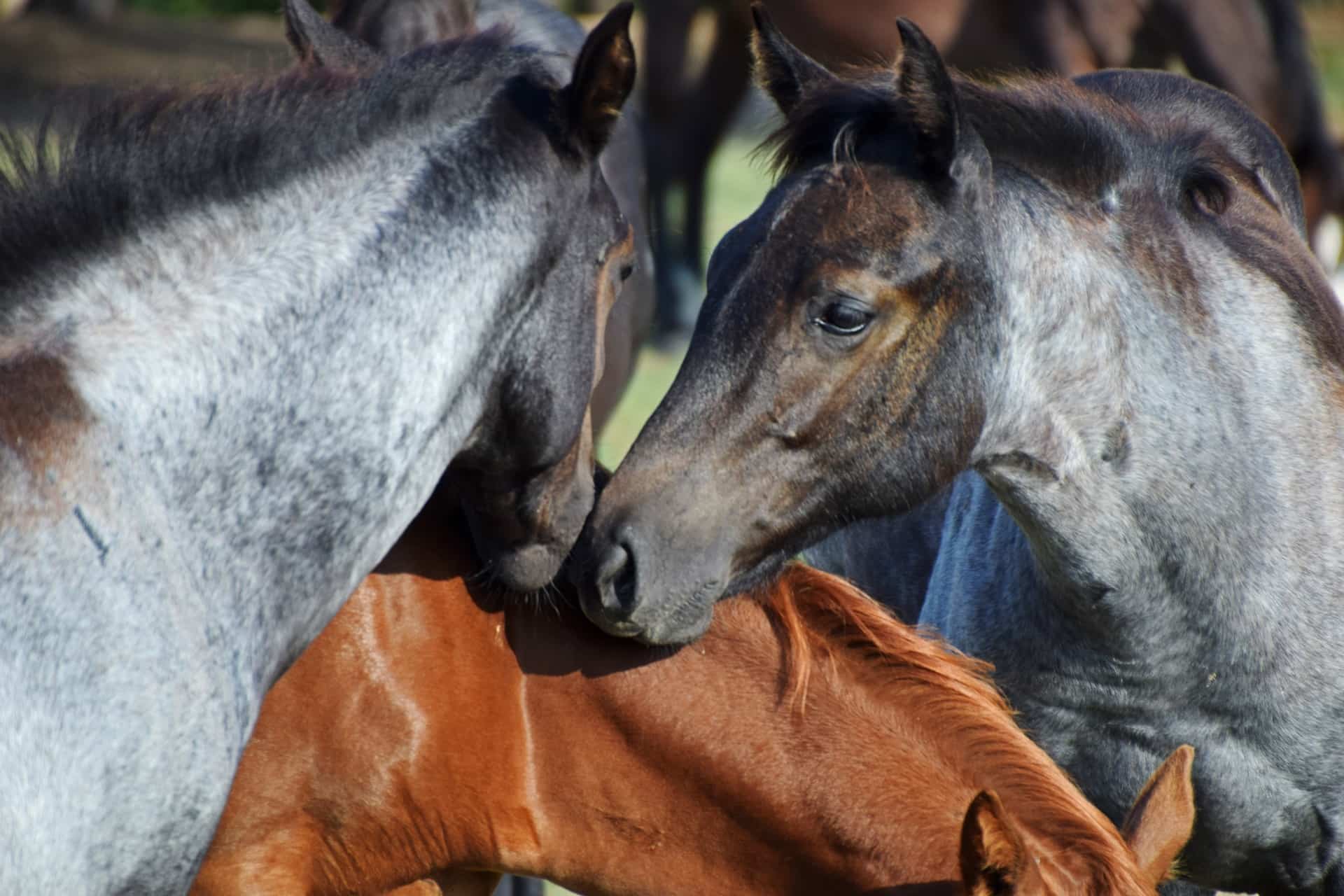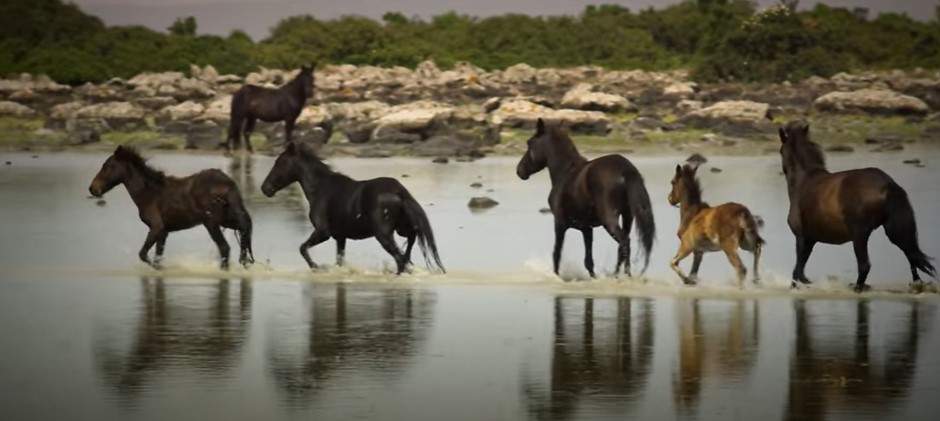Need a reliable horse with high endurance for hours of flatwork around your ranch? The gaited horse might be for you. Able to move each leg independently, gaited horse breeds move at an even, steady pace. This allows owners to enjoy a smooth ride as their horse glides across wide spaces with virtually zero bounce.
Ideal for riders with bad backs, aching joints, or simply a dislike for bumpy, bouncy trail riding, gaited horses are few and far between. While you can definitely train a horse to adapt a gaited pace, many horses are born naturally gaited – and here are 13 of the most noteworthy.
13 Gaited Horse Breeds That are a Joy to Ride
1. Tennessee Walking Horse
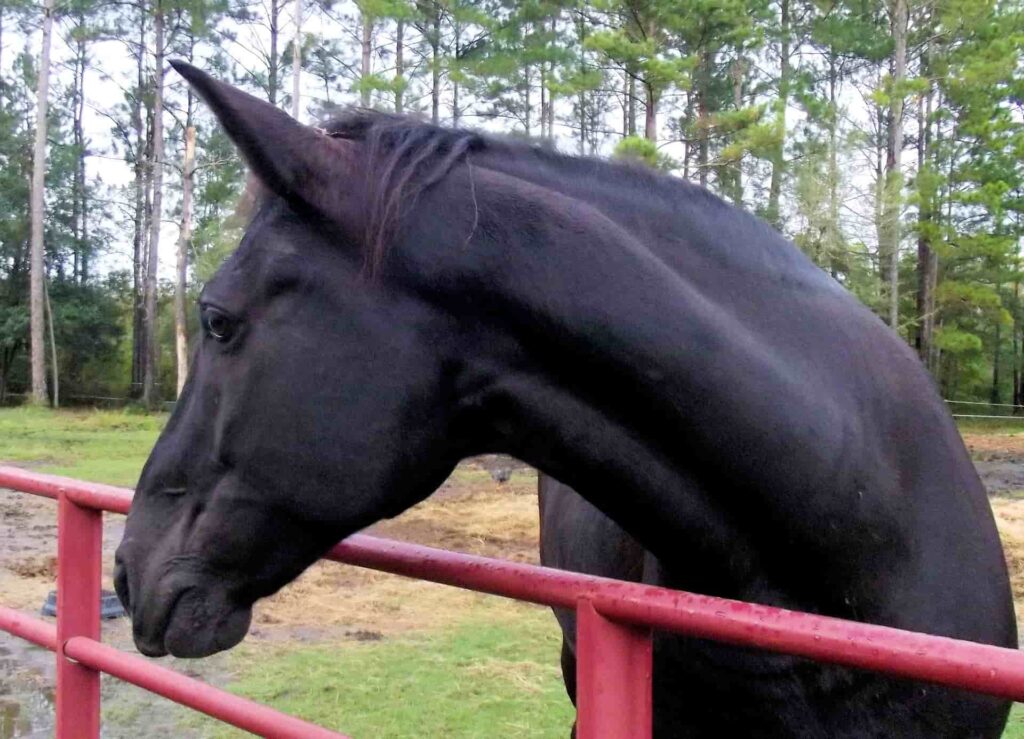
Beloved for its calm demeanor, smooth gait, and surefootedness, the Tennessee Walking horse has been around for over a century. They live to be about 28-30 horse years. This breed combines genetics from the Narragansett Pacer and the Canadian Pacer, with the first ever Tennessee walking horse ‘Black Allan‘ born into existence in the year 1886.
Refined and elegant, the Tennessee Walking horse demonstrates exceptionally flashy movements that shine best during intermediate gaits or the running walk. Measuring between 14.3 to 17 hands, the Tennessee walking horse towers above many other thin horses, and showcase a graceful yet strong build that commands attention and elicits awe.
Want to learn more about this breed? Read our Tennessee Walking horse facts guide.
2. Kentucky Mountain Saddle Horse
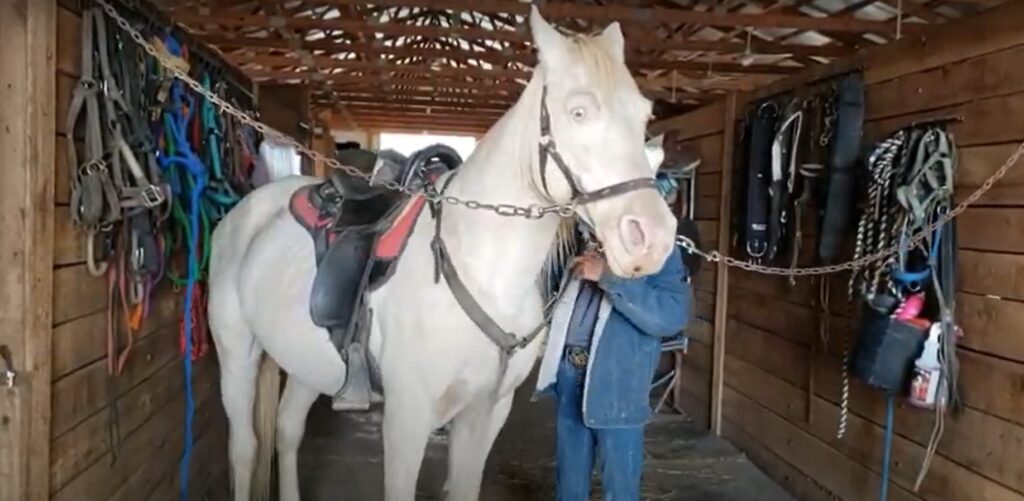
The beautiful Kentucky Mountain Saddle horse is one of many well-rounded gaited horses that has roamed the hills and valleys of eastern Kentucky for well over two centuries. Only truly domesticated in the 1980’s, the Kentucky Mountain Saddle horse is a relatively new breed. But despite its young roots, this horse has adapted well to domestic life.
It’s calm, easygoing demeanor and friendly personality make it an ideal companion for riders of all experience levels. Easy to handle, cool, and collected, this specific horse breed boasts an athletic, slim, medium-sized build that makes it an ideal horse for trail riding.
3. Icelandic Horse
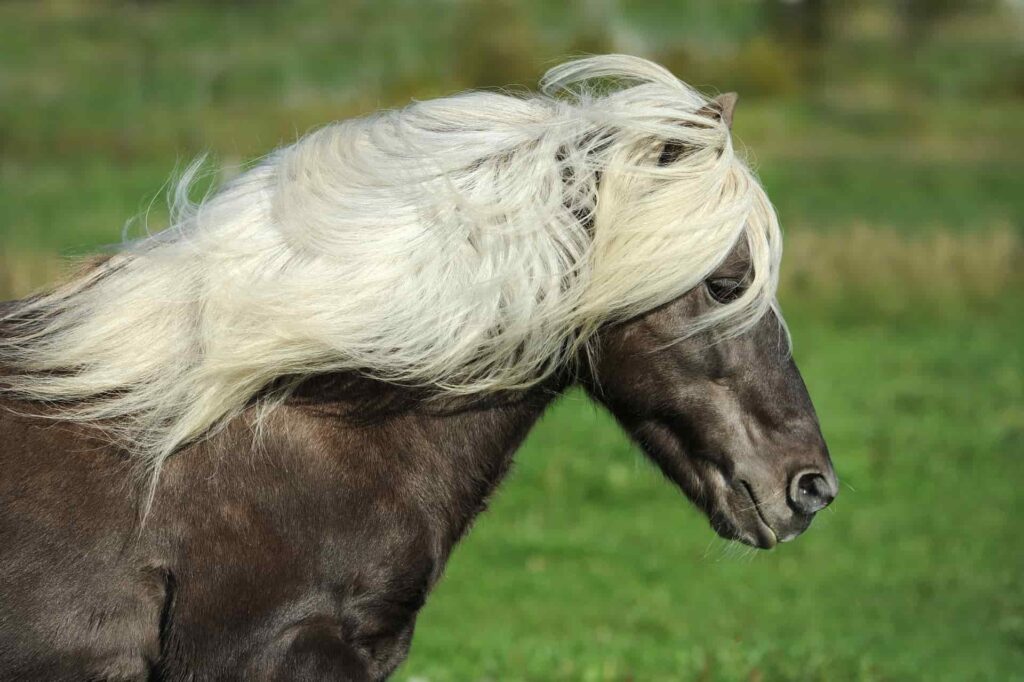
Sometime between 860 and 935 AD, Norse settlers brought the ancestors of the Icelandic horse breed via their Viking ships. Although unclear as to why these settlers chose the Icelandic breeds for their travel, some experts postulate that their compact size made them the ideal choice for transport.
In more recent years, modern day Icelandic horses demonstrate characteristics that they developed through centuries of selective breeding. Having adapted to their surroundings, the Icelandic horse grows a thick winter coat during the cold months which it subsequently sheds in the spring. This is why it’s uniquely one of the only spotted horse breeds, whose spots are not permanent.
Small breeds, yet sturdy, these rugged Icelandic horses have a high level of endurance, and powerfully travel through difficult terrain and treacherous snowstorms.
4. Missouri Fox Trotter Horse
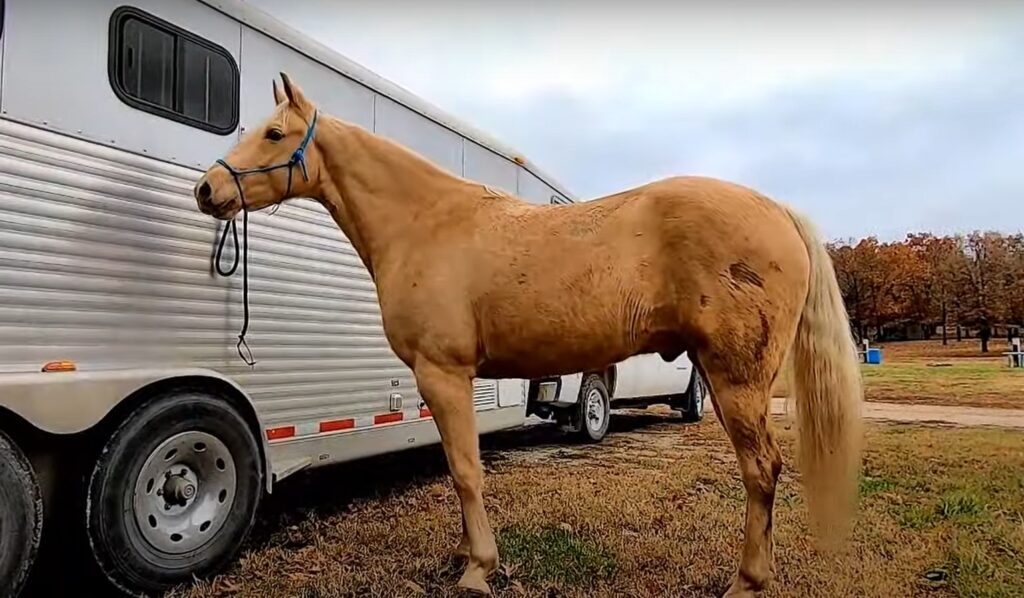
Having discovered the unrivaled stamina of gaited horses, settlers in the Ozark Mountains of Missouri started selective breeding gaited horse breeds in the locality. By the early 19th century, they had successfully established the regal Missouri Fox Trotter horse, which made traversing the dangerous terrain of the Ozarks easy and trouble-free.
Strong and determined, the Missouri Fox Trotter became an instant hit on farmsteads that required a powerful animal for demanding flatwork. Nevertheless, Missouri Fox Trotters perform well even on rocky, uneven, elevated ground without causing pain, discomfort, or excessive bounce for its rider.
5. Rocky Mountain Horse
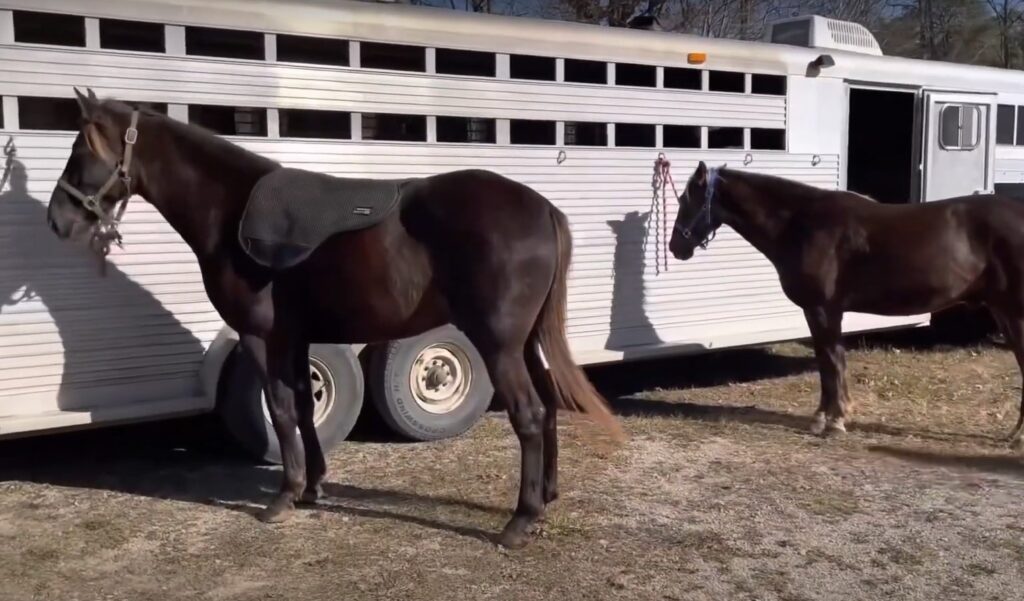
Horse owners in Kentucky that ran farms in the late 1800s and early 1900s found that their weak, sickly horses just couldn’t survive the tough conditions on their farmsteads. But having discovered the powerful horses from the Rocky Mountains, these early farmers took in the breed to replace the local, weak horses.
Today, the horse is recognized as a Kentucky horse, despite its name. Surefooted and gentle, these gaited horses tout large, powerful, muscular bodies and sharp wits that make them exceptionally easy to train. They’ve also earned popularity in as a show horse, beloved for its graceful, flashy gait.
Suggested read: 10 Largest Horse Breeds
6. Peruvian Paso Horse
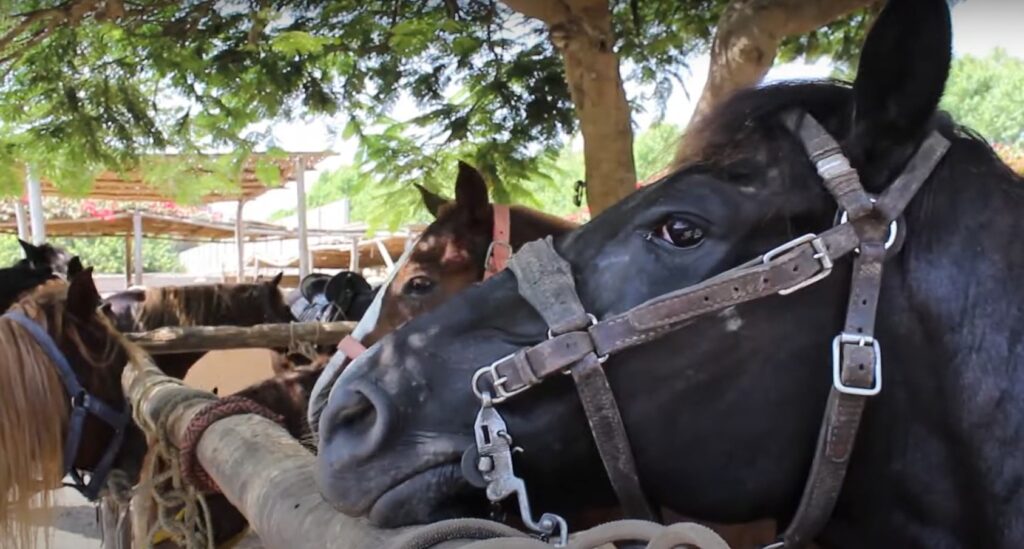
Not to be confused with the Paso Fino, the Peruvian Paso is one of the most popular gaited horse breeds, mainly because of its size. Touching the lower end of the size range for thin horses, the Peruvian horse measures just between 14 and 15 hands, and weighs an average of 900 pounds, which is an average horse weight for lighter breeds. But despite its compact built, the Peruvian Paso is a much celebrated gaited breed.
With origins rooted in South America during the Spanish Conquests which began in 1531, the Peruvian Paso found purpose as a transport horse that had to travel far distances with loads on their backs. With the dawn of paved roads however, Peruvian Paso gaited horses lost patronage in South America. However farmers north of the border continued to benefit from the animal’s hardiness, making it a staple across farms in the US.
7. Paso Fino
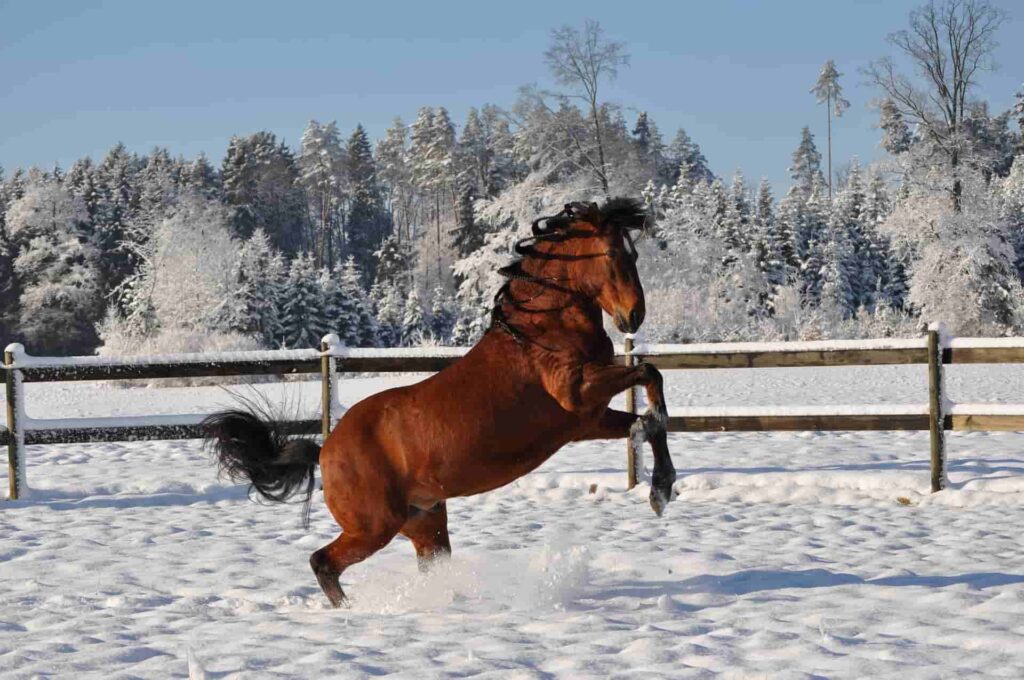
The commanding presence of a Paso Fino isn’t something you can easily overlook. This naturally gaited Spanish horse breed can weigh just 700 pounds, and may measure no more than 13 hands. But with a colorful history that spans more than five centuries, the Paso Fino has cemented itself as one of the best gaited breeds for its hardy personality and grit.
For what it lacks in size, the Paso Fino makes up for in performance. Considered a versatile mount, these gaited horses shine in many equestrian disciplines like drill team competitions, trail riding, endurance riding, and parade riding. Intelligent and intuitive, the Paso Fino demonstrates mental acuity that not all horses can attain.
8. Florida Cracker Horse
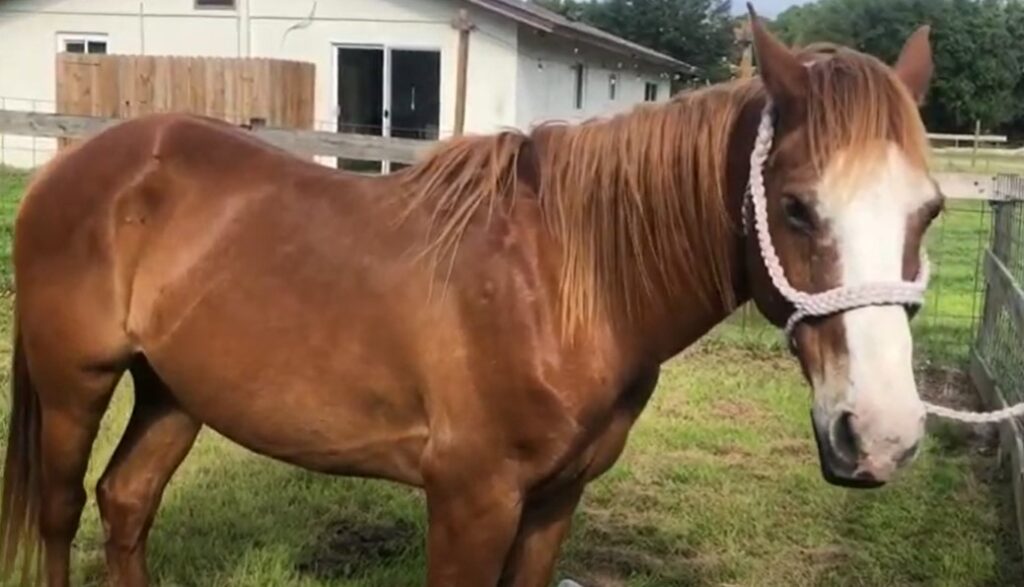
Never heard of the Florida Cracker Horse before? That’s because this one’s a particularly rare breed. These naturally gaited riding horses perform best when they’re cared for with other horses. That’s because they demonstrate a particularly powerful herding instinct that, when satisfied, uplifts their demeanor and keeps them in a happy, satisfied state.
Spirited, spunky, and full of personality, these intelligent horses were left behind on US soil by Spaniards whose ships were too full to accommodate their own animals. Since then, the Florida Cracker horse was used on farms for working cattle. Unfortunately, the Great Depression saw a decline in Florida Cracker horse populations. Today, only about 1,000 of these gaited horses exist.
9. Morgan Horse
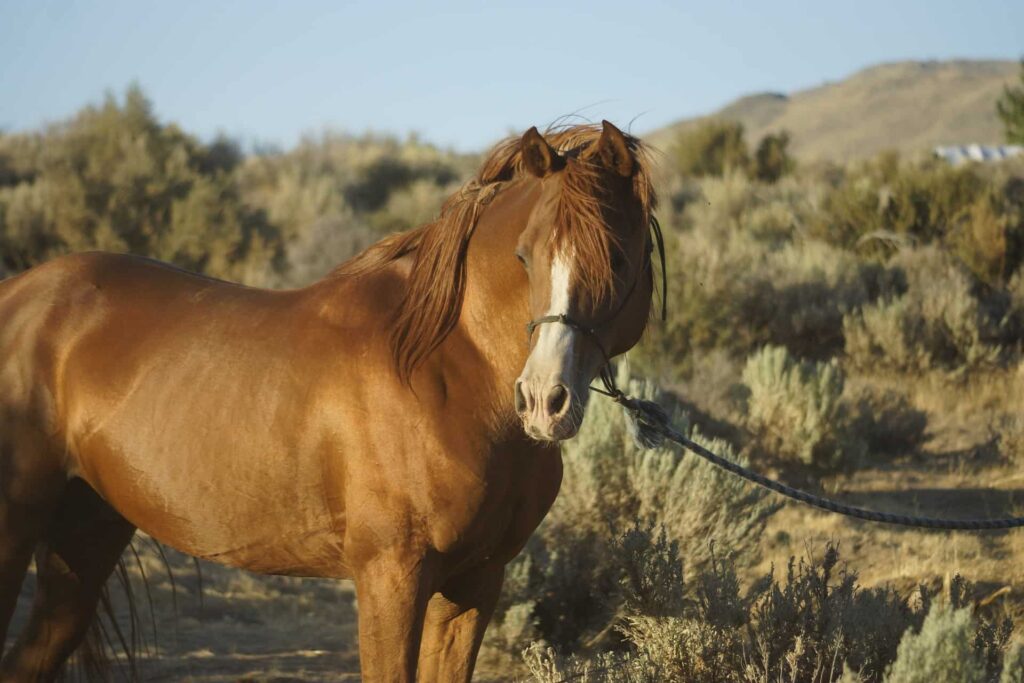
In the 1700s, horse owner Justin Morgan brandished his pride and joy – Figure – a powerful yet compact horse that combined genetics from the Thoroughbred, Arabian, and the Welsh Cob. The athletic, agile horse performed especially well for long distance rides. And contrary to its size, the Morgan Horse would often out-pull many other horses on the farm.
Because of all of its physical prowess and its calm, likeable demeanor, Figure became the founding stallion of the Morgan horse breed. Originally used as trotting horses, the Morgan horse has expanded its relevance in recent years, with a growing number of horse enthusiasts using the horse for dressage and jumping competitions.
Did we mention it’s also a stunning looking horse? The Morgan comes in a variety of colors and is considered one of the most beautiful black horse breeds.
10. Marwari Horse
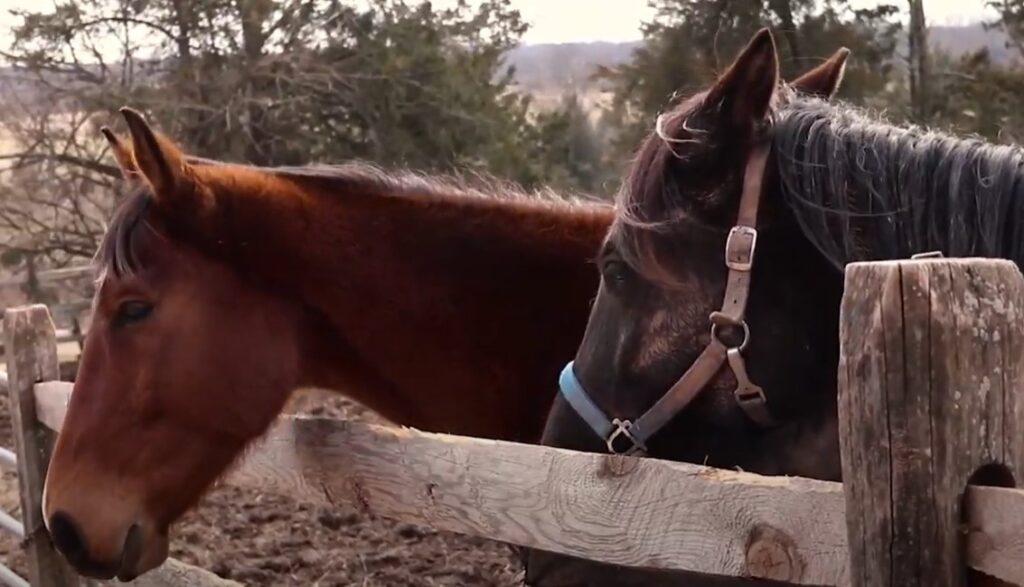
The outward curved ears of the Marwari horse make it a sight to behold. This signature appearance has made Marwari horses something of a legend across the horse world, especially since they’re so rare. Native to India, it’s not entirely clear how or why these horses came about. But in 2000, the first Marwari horses were brought to US soil.
Coveted as a wartime horse, the Marwari’s strong sense of direction and impeccable hearing gave it an enhanced ability to navigate dangerous conditions during war, and escape potential danger. Agile and enduring, these horses are few and far between today, but they may sometimes grace dressage and polo competitions.
11. American Saddlebred
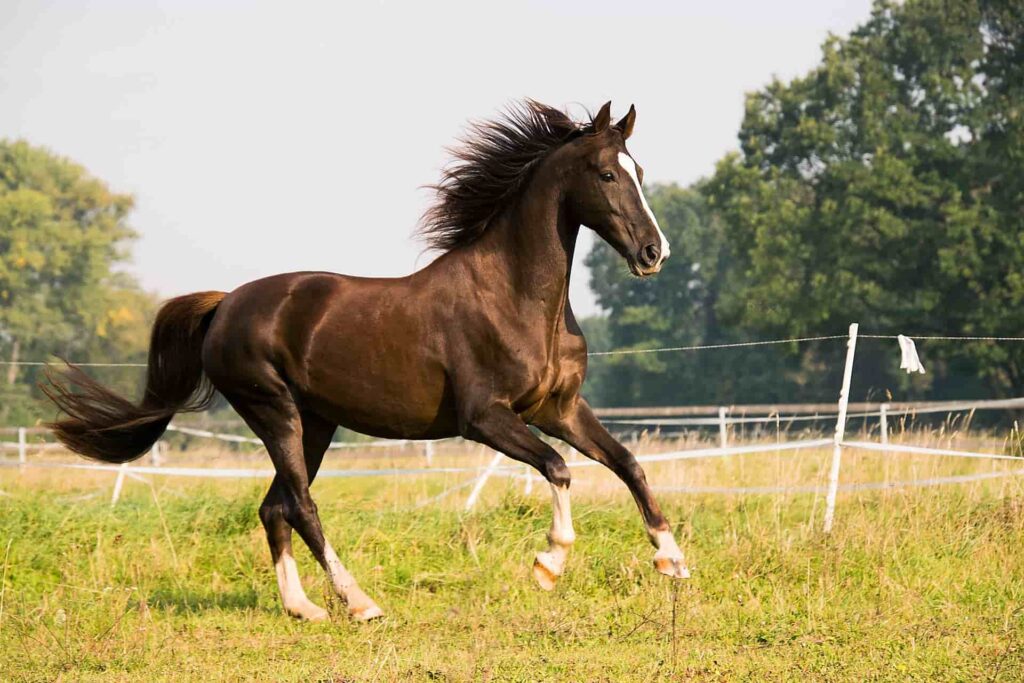
Perhaps one of the most enchantingly regal naturally gaited horses, the American Saddlebred is often called the horse America made. Its sculpted, muscular build has earned popularity for both pleasure riding and for competitions. But if there’s anything about these amazing horses that can really win you over, its their friendly, darling personality.
Measuring up to 16 hands, the American Saddlebred first became recognized as a breed in the 1700s. Although the breed performs well in a variety of disciplines, it’s particularly preferred for harness racing. With its slow gait, the American Saddlebred demonstrates exceptional endurance, which also qualifies it for the top ranks of many three day events.
12. Appaloosa Horses
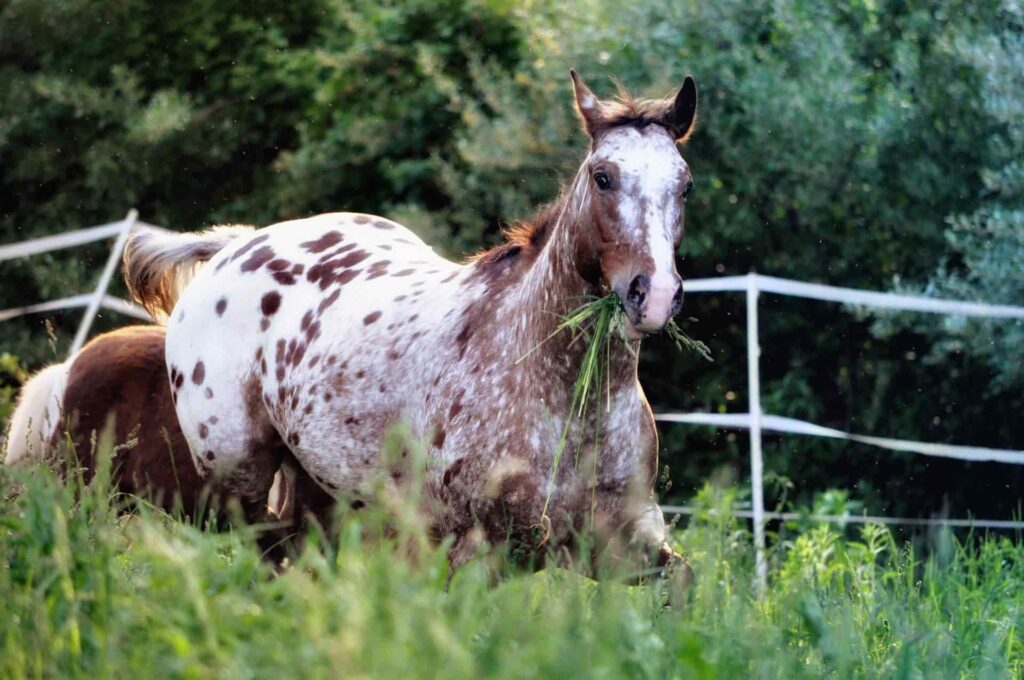
With a dominant gene for dynamic, rare color patterns, the Appaloosa (an expensive horse breed) often gets recognition for its beautiful coat patterns that make it look like it popped right out of a fantasy novel. Beautiful and powerful, the Appaloosa is an agile, athletic gaited horse breed that handles wonderfully on rough, demanding terrain. These are the reasons it’s considered on of the best horse breeds for barrel racing, just to name a few.
Aside from its gorgeous and often unique colors and patterns, the Appaloosa also wins over the hearts of horse enthusiasts because of its fierce loyalty and friendship. Once the Appaloosa learns to trust its owner, the gaited horse expresses a kind, faithful, and steadfast trust and a mild demeanor that’s a dream to train and work with.
13. Racking Horses
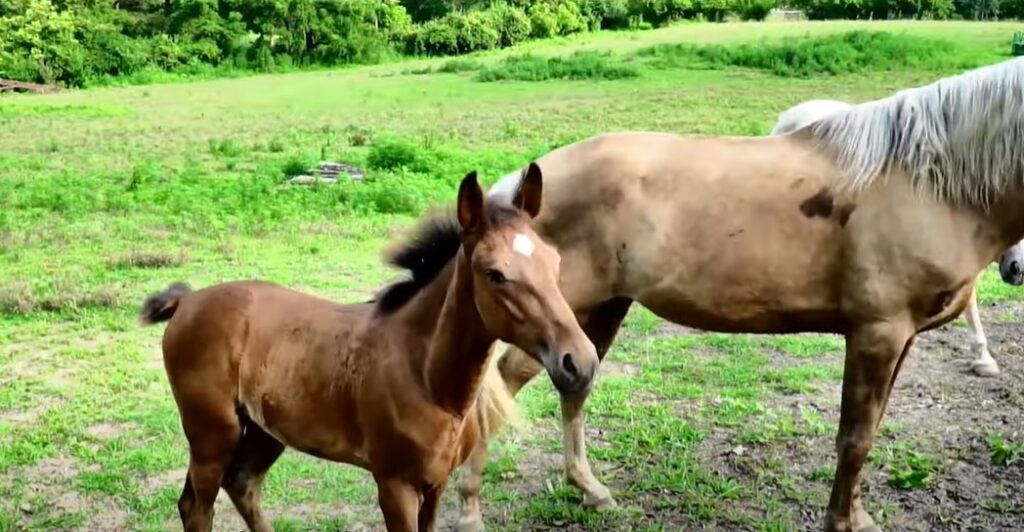
The Racking horse is another one of the naturally gaited breeds. Strong yet gentle, the Racking horse was only just registered as a breed of its own in 1971. Nevertheless, Racking Horses rapidly grew in popularity for their four beat ambling gait that produced a smooth ride and made them the ideal riding horses.
Disciplined and calm, the Racking breed exudes a peaceful aura that makes the animal a treat to work and train with. They’re also particularly active and friendly, and they overtly express their preference for their owners with kind, loving gestures. On the trail, Racking horses are exceptionally light on their feet, offering a comfortable ride with its four beat gait.
Frequently Asked Questions
How many breeds of horses are gaited?
There are close to 400 breeds of horses around the world. But of all of the hundreds of different horse breeds, only about 30 of them are naturally gaited. By definition, naturally gaited breeds are horse breeds that move each leg independently or only one foot at a time, whether they use diagonal or lateral ambling gaits. Read our article explaining what gaited horses are here.
The reason why gaited horse breeds tend to supersede non gaited horses in certain equine disciplines is because the ambling gait allows a more gentle ride even at faster paces like the running walk. With the unique natural four beat gait, horses reduce bounce and movement on the saddle. For riders, this means reduced pressure on the hips and joints.
Gaited horses that use four beat ambling gaits also tend to demonstrate more lasting endurance. The smooth gaits allow each leg a short period of rest before once again making contact with the ground. This extends the horse’s capacity for long distance rides.
What is the fastest gaited breed?
The Standardbred is widely considered the fastest of all gaited horse breeds across the equine world. Able to speed up to an average of 35 miles per hour, the Standardbred just falls around 5mph shy of the fastest horse breeds across the world – gaited or not.
What is a 3 gaited horse?
Much attention goes into a horse’s gait. Generally, most gaited horses are three gaited horses. That means they can perform three distinct gaits, namely the walk trot and canter. These gaits are distinguished by their stepping pace and the step pattern that the horse uses to achieve the gait.
Some horses can have as many as five gaits, including a running walk and a much slower smooth gait.
Are gaited horses hard to train?
No. In fact, gaited horses are significantly more gentle and calm versus non gaited horses. Patient, gentle, and collected, gaited horses like the Tennessee Walker and Icelandic horses don’t only provide a smooth ride, but also work well with their handlers thanks to their pleasant, submissive demeanor.
Do gaited horses jump?
Non gaited horses tend to have the upper hand when it comes to jumping because of the momentum they generate with their two beat gait. Nevertheless, horses with natural ambling gaits can still learn to jump just as proficiently as non gaited horses.
To do this, trainers can place small obstacles in front of the animal and lead them over the lowered bar at a walking pace. As they learn to hop over it, you can then start them off at an intermediate gait and then a running walk to encourage a higher jump.
Here’s an in-depth guide on ‘how gaited horses can jump‘.
What is the difference between lateral ambling gaits and diagonal ambling gaits?
To be clear, both non gaited horses and gaited horses can demonstrate either a lateral gait or a diagonal gait. It’s all a matter of step pattern.
With a lateral gait, horses first step both feet on one side of the body. For instance, the left front foot would be followed by the left hind foot before the right front and subsequently, the right hind.
Diagonal natural gaits on the other hand alternate between sides. For example, the left front foot would be followed by the right hind leg, and then the right front would be followed by the left hind. In any case the hind legs or hind feet step last throughout the cycle.
A Joy to Ride
Gaited horse breeds offer exceptional comfort and endurance that owners and handlers simply can’t deny. Perfect for flatwork and hours of tedious labor around the ranch, these animals completely embody the idea of a work horse. And because they’re remarkably docile and gentle, expect the breed to earn a special place in your heart.
